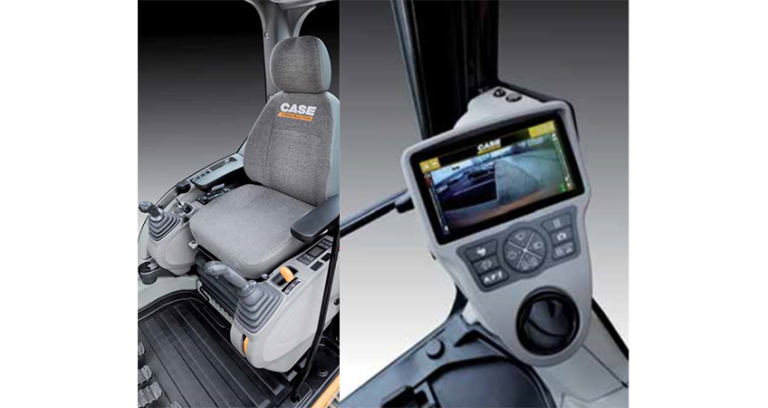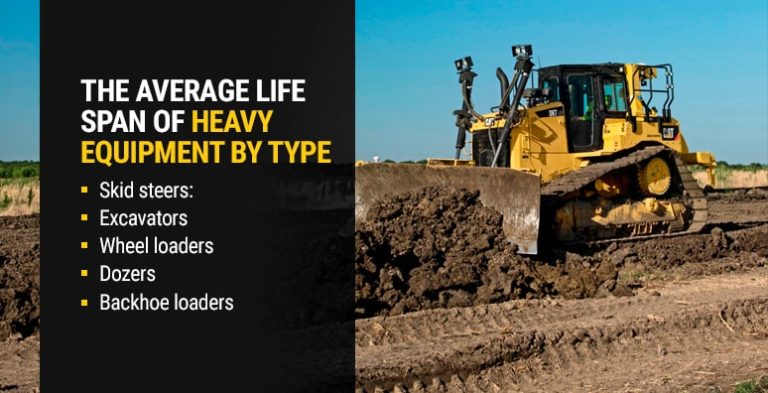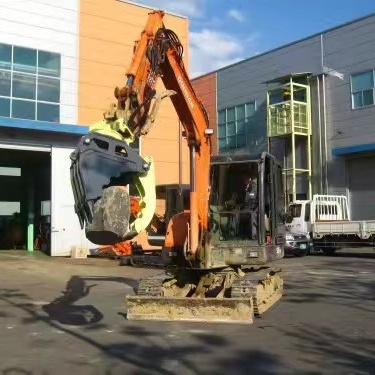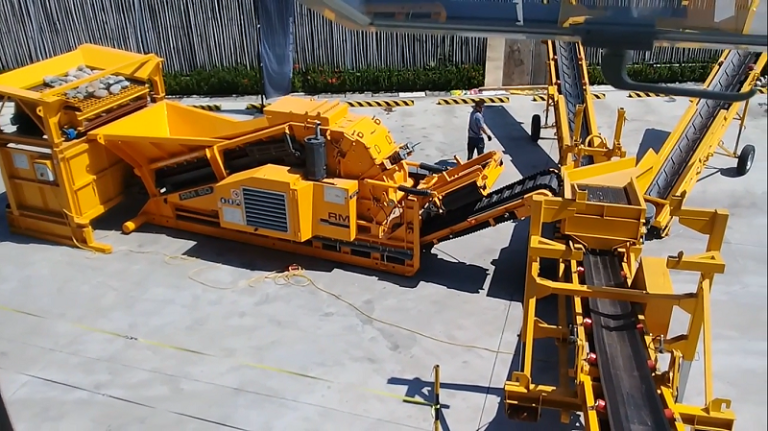What to Look for in a Cat® Skid Steer
Skid steers are highly versatile, thanks to their wide range of sizes, power capabilities and auxiliary equipment. From site development to project completion, skid steers have a place on nearly any site, working as a multipurpose tool to dig up and build on your foundation.
At H.O. Penn, we carry a catalog of skid steers from Caterpillar, the leading manufacturer of industrial equipment. As you browse our extensive skid steer collection, consider how you’ll know which model is right for your needs. Use this guide to help you understand what a skid steer is and how having one on hand can help you work smarter and faster throughout every project you take on.
Jump To Sections:
- What Is a Skid Steer?
- Should I Buy a Skid Steer?
- How to Buy a Skid Steer
- History
- Condition
- Records
- Experience
- Attachments
- Explore Skid Steers at H.O. Penn Today
What Is a Skid Steer?
You may also know a skid steer as a wheel loader or skid loader. It’s defined as a compact, adjustable piece of machinery often used in construction and landscaping. What makes it so widely used is its ability to connect with various arms that complete many jobs, often making it an invaluable tool throughout entire projects.
One unique aspect of a skid steer is its differential steering. The wheels on the left and right of the machine can operate separately. Since the wheels or tracks cannot turn in position, this feature enables the machine to make turns — one set moves faster than the other, turning the skid steer in the desired direction. Furthermore, most skid steers are either front- or back-loaded, allowing for more even weight distribution when loaded with material or other equipment.
Should I Buy a Skid Steer?
As mentioned, skid steers assist in all types of industrial operations. Depending on the type you choose and the attachments it comes with, you may be able to use it for:
- Site development
- Dozing
- Digging
- Material handling
- Backfilling
- Loading
- Demolition
FIND THE RIGHT SKID STEER FOR YOUR PROJECT
Built for tough work, the Caterpillar® Skid Steer Loaders deliver Cat reliability, durability, and efficient operation.
Browse Our Skid Steers
How to Buy a Skid Steer
A skid steer is a major purchase that can revolutionize the way you work. Any new investment deserves some research and forethought. Even H.O. Penn’s collection of skid steers features many options, each suited to different operations. You should start your search with a basic idea of what you want in terms of:
- Lift: Skid steers come with two types of lifts — vertical and radial. Vertical lifts are best suited for handling materials, while radial lifts are better for excavating and digging.
- Size: As with any heavy machinery, skid steers come in various sizes, allowing you to navigate in smaller spaces or lift heavier loads. Consider the maximum weight you’ll need to carry and ensure the skid steer you choose can handle that load before you buy.
- Power: Like size, skid steers vary in horsepower. The larger their size, the more horsepower they generally have. Again, you’ll need to make sure whatever applications you have in mind for your skid steer are reasonable based on the model’s horsepower level.
- Amenities: If you only plan to use your skid steer for the occasional lifting job, you may not think about its extra amenities, like adjustable seats, electronic dashboards or temperature control. For teams that will use the equipment full-time, it’s worth considering a few additions to keep operators comfortable.
Once you’ve decided on the specifications, you can look at individual skid steers and how they might fit into your workflow. As you debate your options, ensure you can access the information below. Even if the skid steer you’re interested in has all the right specs, the machine’s record could make it unsuitable or even more agreeable for your purposes.
History
History is everything. When you buy a car or home, you look at as much information as possible about past owners, uses, damages and repairs. You should do the same for your heavy equipment.
When you find a skid steer you’re interested in, ask the seller or renter about the machine’s past use. Did it lift exceptionally heavy loads? Did it do a significant amount of demolition or material breakdown? How often was it used? If a skid steer faced heavy use or damage in the past, those factors might shorten its future life span.
Condition
Once you can get the machine in front of you, it’s time for a visual inspection, inside and out. If you have your own mechanic or equipment technician, now is the time to call them and invite them to take a look. Otherwise, you should find a professional to inspect the equipment before buying. A professional with experience in skid steers will be able to evaluate yours closely and point out possible damage or necessary repairs that you might not notice.
Records
Maintenance is a normal and necessary part of owning machinery. A used skid steer should have a maintenance record that gives you information on the equipment’s previous inspections, repairs and replacements. If it doesn’t, the lack of documentation may indicate previous owners did not get regular inspections or preventive maintenance. The equipment might have underlying issues that have worsened over time.
Pay attention to any repairs that are out of the ordinary, as they can be a sign that you may have to repeat those repairs in the future. However, a long record of past maintenance and up-to-date repairs shows that the machine was well cared for and is likely still in good condition.
Experience
How many hours of experience has the skid steer taken on? Just like car mileage, the fewer hours a skid steer has undertaken in previous jobs, the more hours it has to expend on your projects. Consider how long those hours have spanned — 1,000 hours over a year is vastly different than 1,000 hours over five years. Frequent use can add to wear and tear as much as an abundance of hours in the skid steer’s history.
Attachments
Finally, think about whether you’ll need any skid steer attachments that may help you do your jobs better. What kind of attachments you can use on a certain machine depends on factors like size and power allowance, so choose carefully if you have particular extras in mind.
Small-frame skid steers pair best with attachments like backhoes, hydraulic breakers and augers. Mid-size frames generally accept mini excavators, saws, trenchers and pallet forks. Only the largest skid steers can take on high-stress equipment, like mulchers, rock saws, snow plows, industrial trenchers and tree grinders.
Explore Skid Steers at H.O. Penn Today
As you explore skid steers in the Connecticut and New York area, know that H.O. Penn is your local supplier for Cat® equipment, carrying machines from one of the most well-known names in industrial manufacturing equipment. Our selection of new, used and rental skid steers updates regularly. See what we have in stock today, or contact one of our representatives so you can stay informed on our catalog.
Contact Us Find a Location




